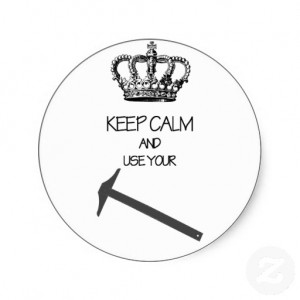 A friend who is a composer and musician, wrote to me recently after reading my essay on parametric design in Architect. “What I found surprising is that in the Sixties music was going through much the same thing,” he wrote. “Composers dealt only in parameters, and arranged them according to Set Theory. Milton Babbitt, who had a degree in math before concentrating on music, held forth at Princeton about the use of the Set, as derived from Schoenberg’s twelve-tone theory. Alan Forte at Yale wrote a book called Set Theory, in which you could look up all possible sets, 2 through 12 notes, all categorized and logically laid out. So you didn’t need a computer. Of course Set Theory could be applied to the other parameters, not just pitch.”
A friend who is a composer and musician, wrote to me recently after reading my essay on parametric design in Architect. “What I found surprising is that in the Sixties music was going through much the same thing,” he wrote. “Composers dealt only in parameters, and arranged them according to Set Theory. Milton Babbitt, who had a degree in math before concentrating on music, held forth at Princeton about the use of the Set, as derived from Schoenberg’s twelve-tone theory. Alan Forte at Yale wrote a book called Set Theory, in which you could look up all possible sets, 2 through 12 notes, all categorized and logically laid out. So you didn’t need a computer. Of course Set Theory could be applied to the other parameters, not just pitch.”
Unlike music, architecture is not a theoretical subject, that is, it’s an applied art–an old but still useful term. As such, architecture is based on practice; what succeeds, becomes the canon. That’s why architects have always traveled to look at the great works, since whatever we know about how to build great buildings expands the recognized achievements of the past. As James Stirling wisely observed, “Architects have always looked back in order to move forward.” Nevertheless, from time to time, academically-inclined architects–or architects who simply have time on their hands, that is, architects who are not building–become fascinated by theory. Despite surviving Renaissance treatises, architecture lacks a theoretical foundation, so they look for inspiration in other fields: philosophy, linguistics, biology, morphology, geometry, fine art, perhaps even music.

